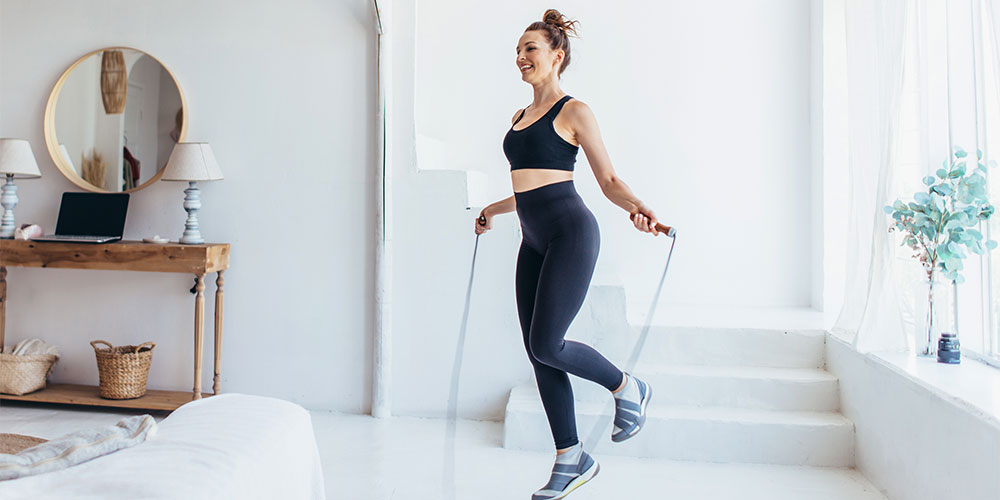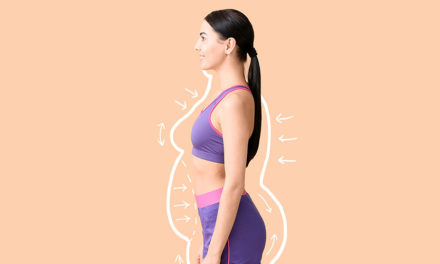Whether you’re an ultra-marathon runner, yogi, cyclist, weekend warrior, etc., your pelvic floor may impact you and your performance more than you think. This can mean pelvic floor issues may be holding you back from your potential, but often we find that improving the strength, coordination, and endurance of the pelvic floor enhances and improves performance and may be the missing link you’ve been looking for.
Here are the top 10 ways pelvic floor issues manifest in male and female athletes during sports or workouts.
- LEAKAGE: This is what most people think of when they hear the words pelvic floor. Any leakage of any form: urine, bowel, even gas, is a sign of a pelvic floor issue(s), and the answer is NOT always to do more Kegels. Despite popular opinion, we often find that this can worsen the problem.
- TAILBONE PAIN during or after exercise: You may experience pain at or around your tailbone with exercises including but not limited to weight lifting (squatting and deadlifts), seated cardio (rowing machines and spin bike), and with running, sit-ups, or floor work. If you need to tuck or sit to the side to be comfortable, your tailbone and the pelvic muscles around it need some attention.
- SACROILIAC (SI JOINT) PAIN OR CLICKING during or after exercise: You may experience pain or shifting at or around your Sacroiliac joint with exercises including but not limited to running, brisk walking, cycling, tennis, golf, soccer, and baseball.
- LOW BACK PAIN during or after any type of exercise: Hands down, the pelvic floor is often involved. It could be from a “too tight/spasmodic” pelvic floor pulling on the front of the spine or a decrease in the endurance of the pelvic or lower abdomen stabilizers causing overuse of the back musculature. We also see one-sided weakness or tightness that creates torsion or rotation in the spine, causing imbalances and issues.
- SIT BONE PAIN during or after exercise: You may experience pain at or around your sit bone with exercises including but not limited to running, forward folds in yoga, weight lifting, or CrossFit movements including but not limited to deadlifts, kettlebell swings, rowing machine, cycling, or lunges.
- ABDOMINAL CRAMPING during or after exercise: You may experience abdominal cramping and pain with exercises including but not limited to running, intense HITT or CrossFit Metcons, core exercises, spin or assault bike, etc.
- SPOTTING during or after exercise not associated with cycle: You may experience this with exercises including but not limited to core exercises, intense cardio exercise, etc.
- PINCHING OR CLICKING/POPPING OF HIPS: You may experience hip pain/pinching, clicking, or popping with exercises including but not limited to squatting, core exercises like bicycle crunches or flutter kicks, with Barre style exercises, and yoga postures.
- DECREASED BALANCE: Whether it’s a yoga pose that is proving difficult or a recurrent knee or ankle injury with running, your balance is impacted significantly by imbalances, weaknesses, or restrictions of the pelvic floor muscles.
- LOWER CHAIN RECURRING ISSUES: If one side or area continues to get injured, including but not limited to: plantar fasciitis, hip impingement, knee pain or swelling, hamstring issues, or decreased strength/bulk/endurance, this can stem from imbalances in the pelvic floor impacting lower chain mechanics.
If you experience any of the above symptoms, are pregnant and want to continue exercising, or postpartum and want to get back to exercise safely, or if you’re just curious if your pelvic floor is impacting you and your performance, a pelvic floor assessment by a Pelvic Physical Therapist at MOJO Pelvic Health may be the next step.
Audra Gehan, PT, DPT, PCES, is a pelvic health physical therapist with MOJO Pelvic Health, where she is the Clinical Quality & Education Director. She specializes in treating female and male athletes reach their full potential.
To learn more about pelvic health physical therapy, visit our website, Mojoph.com, Instagram @mojopelvichealth, call 901.244.3800, or email at [email protected][email protected].







